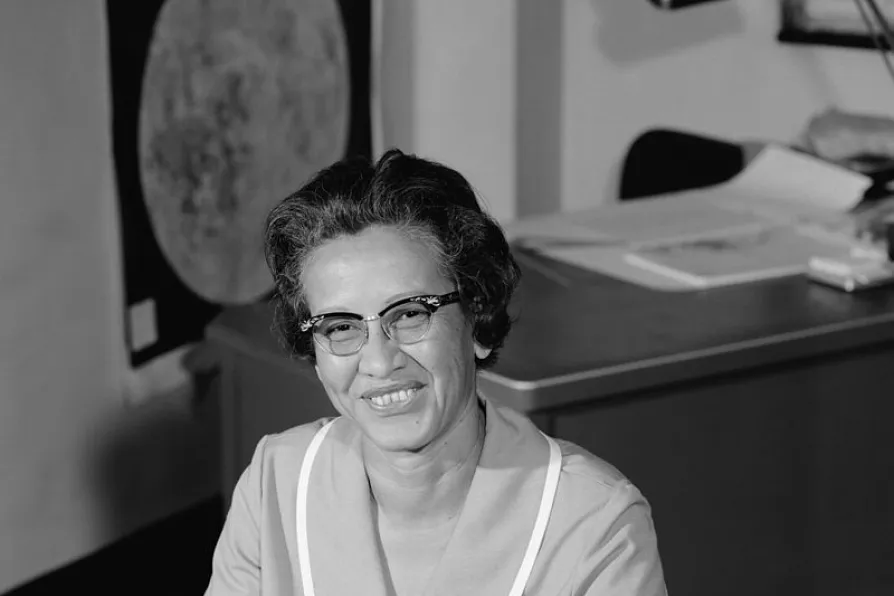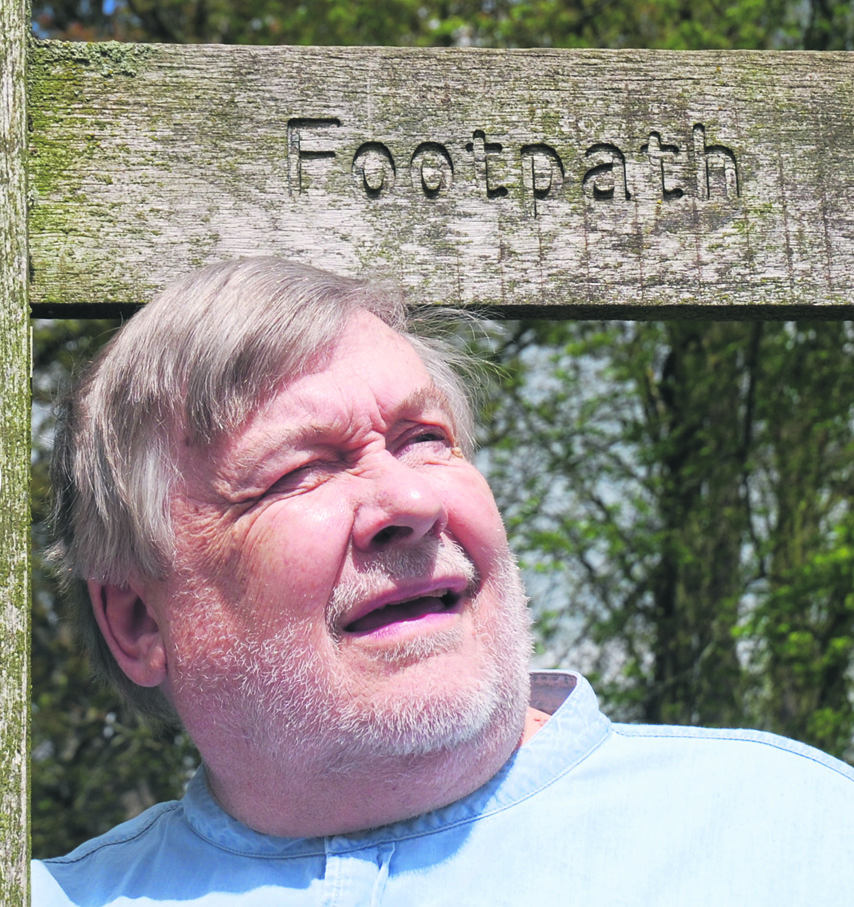VINCE MILLS cautions over the perils and pitfalls of ‘a new left party’

 Katherine Johnson at NASA, in 1966
Katherine Johnson at NASA, in 1966
KATHERINE JOHNSON, the black mathematician who made the calculations that allowed men to walk on the moon, has died aged 101.
Hers was one of the finest mathematical minds in the US.
Using little more than a pencil, a slide rule and her truly brilliant mind she calculated the precise trajectories that let Apollo 11 land on the moon and return to earth in 1969.
Her calculations had already helped to plot the successful flights of Alan B Shepard Jnr, who became the first American in space in 1961 and, in 1962, of John Glenn, the first American to orbit the earth.
Yet throughout her amazing 33 years at Nasa and for decades afterwards, she received no recognition.
Almost no-one knew her name. Johnson was one of several hundred supremely capable yet largely unheralded women who worked as Nasa back-office mathematicians.
It was not only her sex that kept her marginalised and long-unsung, for this was Jim Crow America and Johnson was black.
Johnson had to organise her own education because black girls were not taught subjects like maths.
Only in old age did she become the most celebrated of the small group of black women whose story was told in the 2016 Hollywood film Hidden Figures.
The movie received three Oscar nominations, including one for best picture. Predictably the Oscars went to white films — they usually do.
Margot Lee Shetterly had first told the story in her book of the same title, on which the film was based.
Of the black women at the centre of the story, Johnson was the only one still living at the time of the film’s release.
In 2015, president Barack Obama awarded her the Presidential Medal of Freedom, proclaiming: “Katherine G Johnson refused to be limited by society’s expectations of her gender and race while expanding the boundaries of humanity’s reach.”
John Glenn, who became the first American to orbit the earth in the year after Soviet cosmonaut Yuri Gagarin had done so, paid tribute to Katherine.
He would not take part in any space flight unless he had been assured that Johnson herself had checked all the figures, saying: “If she says the numbers are good I’m ready to go.”



















